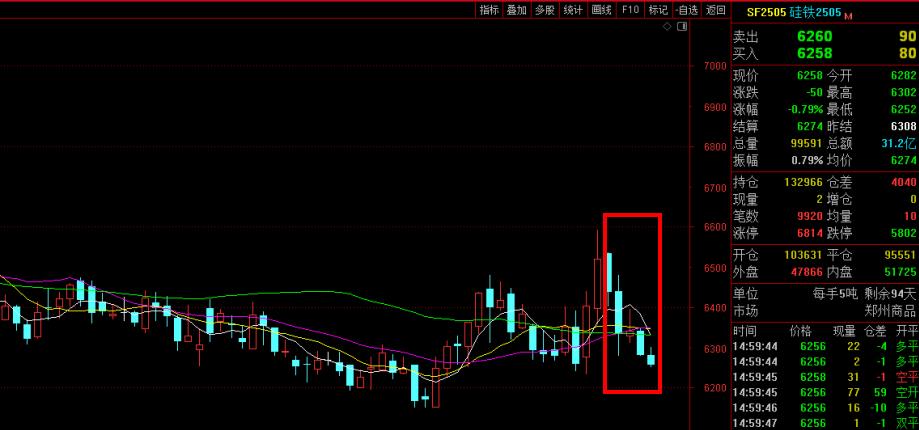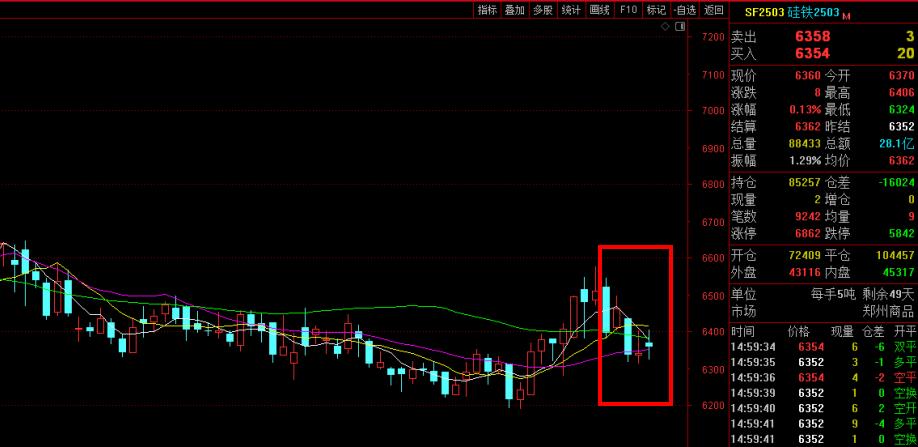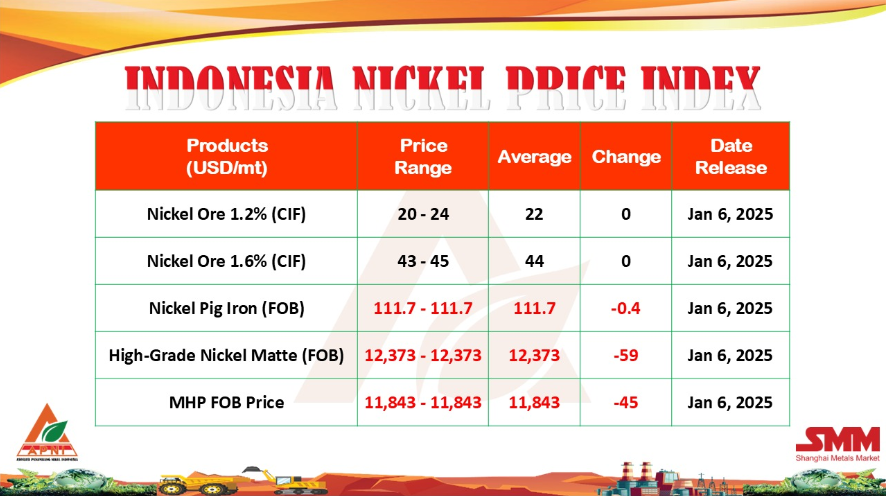Eden Radioisotopes LLC plans on building a new type of reactor that will be able to supply enough molybdenum-99 (molly 99) to meet the medical needs of the entire world. Molly 99, with a 66-hr half-life, decays into technetium-99m, which has a 6-hr half-life. Technitium is used extensively in medical procedures because it emits gamma rays that doctors can track after it’s injected into a patient. Technitium breaks down quickly, so patients are exposed to only small amounts of radiation. Worldwide, 24 million diagnostic procedures are carried out annually using technetium. More than half of those are take place in the U.S. Globally, there’s a $4 billion market for molly 99.
Currently, moly 99 is produced at five reactors, none of which are in the U.S. The reactors are often closed for repairs, creating moly 99 shortages that last for months. And two of the reactors responsible for 60% of the moly 99 production will be stop making the diagnostic radioisotope or be decommissioned in the next decade. That means that even if a new molly-99 French reactor comes online over the next five years as scheduled, there could soon be a long-term 30% shortfall of the isotope.
- [Editor:Mango]



 Save
Save Print
Print Daily News
Daily News Research
Research Magazine
Magazine Company Database
Company Database Customized Database
Customized Database Conferences
Conferences Advertisement
Advertisement Trade
Trade














 Online inquiry
Online inquiry Contact
Contact

Tell Us What You Think